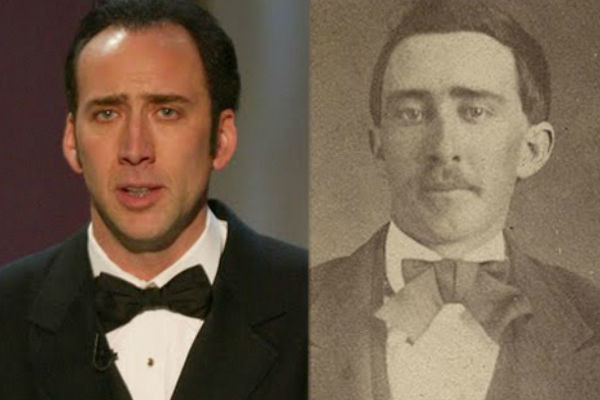Travelling To The Future Or The Past: Possible Example

How Has The Science Fiction On Smart Homes Turned Into Reality?
June 15, 2019
Time Travel- Let Your Imagination Fly High
June 15, 2019
The concept of time travel is based on the theory of special relativity by Albert Einstein. In essence, the theory says that time is relative to how fast an object is moving. Meaning if X is moving more quickly through space than Y, then time is moving slower for X than Y. This theory forms the foundation of every research and study done on time travel.
In this brief article, we take a look at an example that proves that travel to the past or the future may already be happening!
Example: Every astronaut that lives on the International Space Station experiences time slower than those who live on earth. The reason being ISS moves faster than our planet. It is why when astronauts come back to earth, they have aged slightly less than those on earth. A perfect instance of this is cosmonaut Gennady Padalka. He stayed on the ISS for 879 days; the most anyone had remained on the station till 2015. On return, he found that he had landed 1/44th of second to the future.
Though not a huge amount, he proves that time travel is very much possible. We are at a stage when we can travel to the future only by a fraction of the second. Isn’t it exactly what the LHC achieved when it smashes subatomic particles? What we need is a method to transport humans across large gaps of time, i.e., through the very fabric of it.
Yes, time travel is already happening, but there is still a humongous gap between 1/44th of a second and 1 year. To close the gap, we need a vessel that can travel at the speed of light. Right now, the fastest machine is the Parker Solar Probe, which travels at 0.00067% of light’s velocity!



